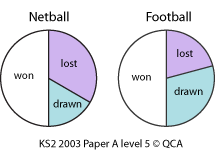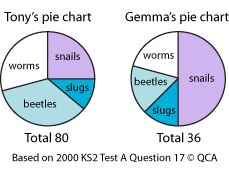Consolidation and practice
These resources are to support children in guided or independent work. Roll over the highlighted resource for a description.
Data handling
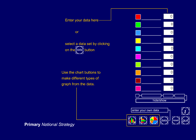
This interactive teaching program (ITP) is an ICT-based tool to support the exploration of data. Data handling ITP allows the child or teacher to enter data into a table and then create a vertical bar chart, a horizontal bar chart or a pie chart. The user can select from existing datasets, which can then be amended to show the impact and change on the charts, or they can enter collected data.
Opportunities to use and apply
Possible contexts include:
- Science, e.g. Record the resting heart rates of the class using the Data Handling ITP and compare to this graph:
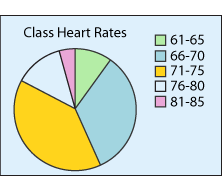
- PSHE, e.g. A healthy diet consists of 15% fat, 17% protein and 68% carbohydrate. Ask children to keep a food diary for a day and create their own pie chart showing the ideal proportions.
- Comparing data with similar data from other classes, for example, deciding in which class an author from a given list is more popular.
- Real-life data, e.g. Compare proportions of people in different age ranges in a village and a city in geography; compare proportion of earnings spent in different ways in two different eras in history.
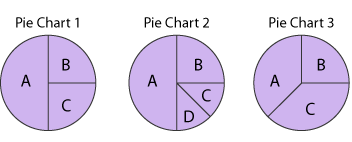
 Handling data
Handling data


